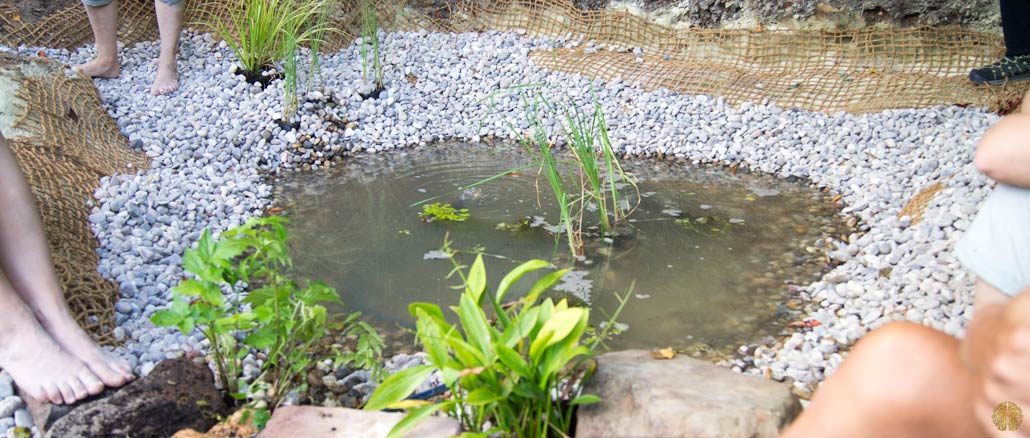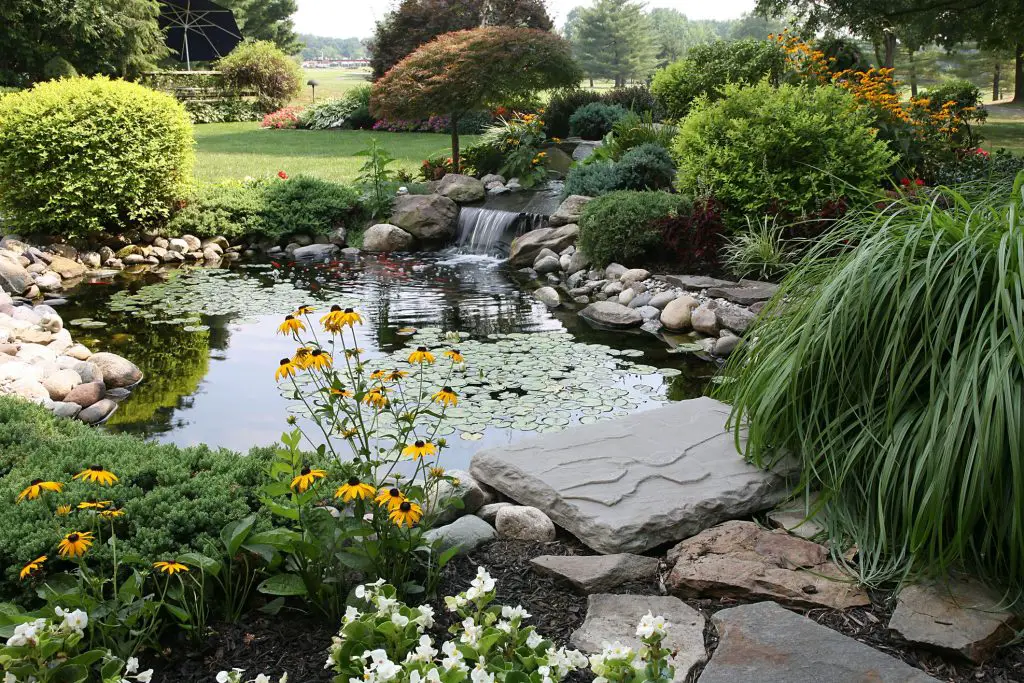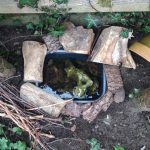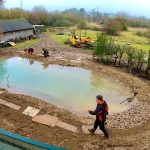Creating a natural pond in your backyard can be a rewarding and enjoyable project that enhances the beauty of your outdoor space while also providing a habitat for local wildlife. Whether you’re looking to add a peaceful water feature to your garden or create a thriving ecosystem, building a natural pond is a great way to bring nature closer to home.
Benefits of a Natural Pond
Before diving into the steps of creating your own natural pond, let’s explore some of the benefits it can offer:
- Enhances the aesthetics of your backyard
- Provides a habitat for beneficial wildlife such as frogs, birds, and insects
- Creates a relaxing and tranquil environment
- Can help improve the overall biodiversity of your garden

Credit: www.svarttorpet.se
Step-by-Step Guide to Making a Natural Pond
1. Planning And Design
Start by determining the location and size of your pond. Choose a spot that receives a good amount of sunlight but also has some shade to prevent algae growth. Consider the overall design of your pond, including its shape and depth.
2. Digging The Pond
Using a shovel or excavator, dig out the shape of your pond according to your design. Make sure to create different depths within the pond to accommodate various plant and animal species. Create shelves around the edges for marginal plants.
3. Installing The Pond Liner
Once the hole is dug, install a pond liner to prevent water from seeping into the soil. Choose a high-quality, durable liner that is appropriate for the size and shape of your pond. Make sure to secure the liner properly to avoid leaks.
4. Adding Rocks And Gravel
Add rocks and gravel around the edges of the pond to create a natural look and provide habitat for beneficial bacteria. You can also use rocks to create a waterfall or stream within the pond for added visual interest.
5. Filling The Pond With Water
Fill the pond with water using a hose or a pump. Allow the water to sit for a few days to dechlorinate and reach the ambient temperature. You can also add a dechlorinator to speed up the process.
6. Adding Plants
Introduce a variety of aquatic plants to your pond, such as water lilies, cattails, and floating plants. These plants not only enhance the beauty of the pond but also provide oxygen and habitat for wildlife.
7. Introducing Fish And Wildlife
If desired, you can add fish such as koi or goldfish to your pond. Make sure to acclimate them properly and provide adequate shelter and food. You may also attract frogs, dragonflies, and other wildlife to your pond naturally.
8. Maintaining Your Pond
Regular maintenance is key to keeping your natural pond healthy and thriving. This includes removing debris, controlling algae growth, and monitoring the water quality. Consider adding a pump or filter to help maintain water clarity.
Tips for a Successful Natural Pond
- Choose native plants and wildlife to promote biodiversity
- Avoid using chemicals or pesticides in and around the pond
- Monitor water levels and top up as needed, especially during hot weather
- Create a balance of shade and sunlight for plant and animal health
- Regularly check the pond for any leaks or damage to the liner
:max_bytes(150000):strip_icc()/GettyImages-10150044481-1c20642158234230bb3f30c45146a628.jpg)
Credit: www.treehugger.com
Conclusion
Building a natural pond in your backyard is a wonderful way to connect with nature and create a peaceful oasis right outside your door. By following these steps and tips, you can enjoy the beauty and benefits of a thriving pond ecosystem in your own garden. Get started on your pond project today and watch as your backyard transforms into a haven for wildlife and relaxation!





